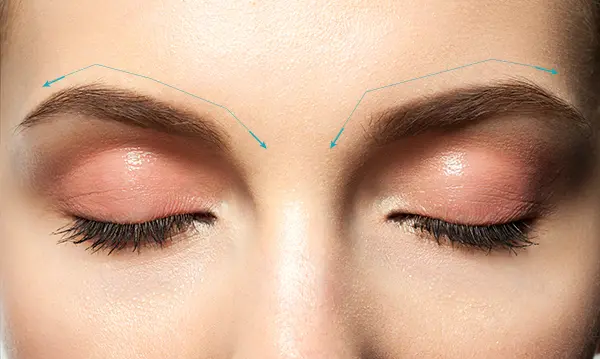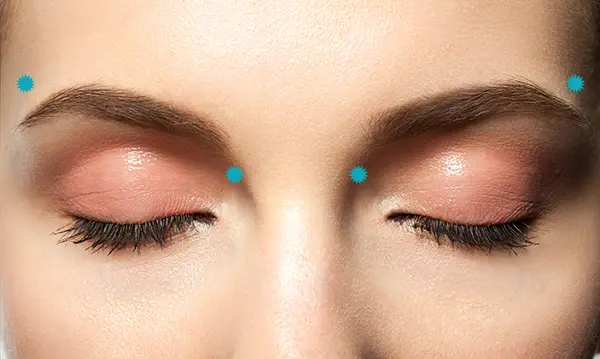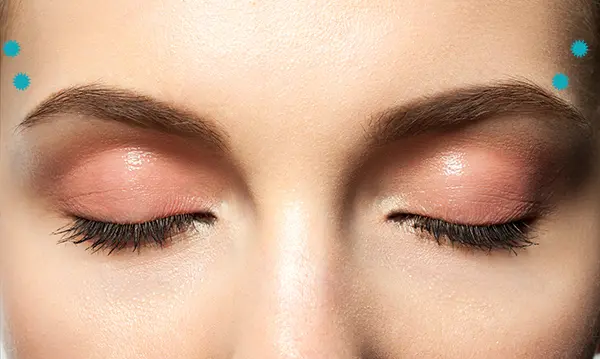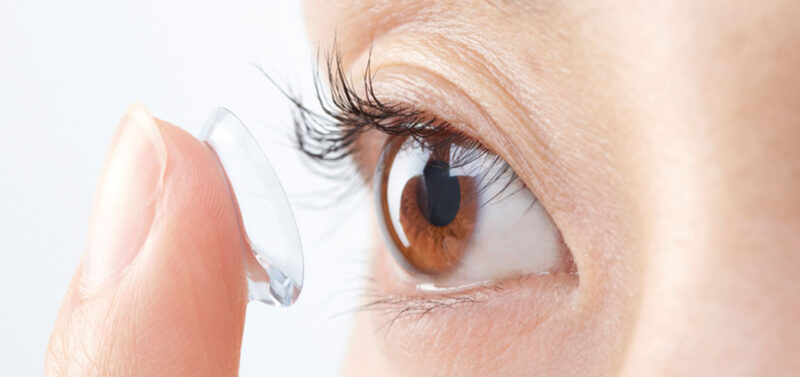Dry eye syndrome is a common ocular condition affecting millions worldwide, characterized by discomfort, irritation, and a lack of moisture on the eye’s surface. While various treatments exist, an often overlooked yet promising approach involves eye massages targeting specific areas around the eyes. These massages, when performed correctly, can offer significant relief from dry eye symptoms, contributing to improved ocular health and comfort.
Understanding Dry Eye Syndrome:
Dry eye syndrome occurs when the eyes do not produce enough tears or when tears evaporate too quickly. Factors such as age, prolonged screen time, environmental conditions, and certain medical conditions contribute to its development. Symptoms range from a gritty or burning sensation to redness, blurred vision, and sensitivity to light, significantly impacting one’s quality of life.
Eye Massages as a Remedy:
Eye massages, when incorporated into a regular eye care routine, can effectively alleviate dry eye symptoms. The massage techniques target specific areas around the eyes to stimulate tear production, improve circulation, and reduce tension, ultimately enhancing moisture and relieving discomfort.
1. Brow Bone Massage: Gently massaging the brow bone area with circular motions using fingertips or a jade roller can help stimulate the oil glands (meibomian glands) located in this region. This technique aids in the release of natural oils onto the eye’s surface, preventing tear evaporation and maintaining adequate lubrication. Repeat 8 to 10 minutes.

2. Inner Eye Corner Massage: Massaging the inner corner of the eye, near the tear duct, in a circular motion with light pressure can encourage tear drainage, preventing the accumulation of dryness-inducing debris and promoting tear distribution across the eye.
3. Eyelid Massage: Applying gentle pressure along the eyelids in a sweeping motion from the inner to the outer corner of the eye can help in the distribution of natural oils and stimulate the meibomian glands. This technique assists in improving the quality of the tears and reducing evaporative dryness.
4. Pressure Points: Press on the pressure points just under the brow bone below the inner eyebrows and count to 3. Then press at temples and do the same. By adding pressure, you’re stimulating different areas of your facial muscles, which are responsible for squinting and blinking.

5. Temples Massage: Massaging the temples in a circular motion with gentle pressure aids in relieving tension in the surrounding muscles, promoting relaxation, and improving blood flow to the eyes.
 It’s crucial to perform these massages delicately and with clean hands or appropriate tools to avoid any potential harm or irritation to the eyes.
It’s crucial to perform these massages delicately and with clean hands or appropriate tools to avoid any potential harm or irritation to the eyes.
Incorporating Eye Massages into Daily Routine:
Eye massages should complement other dry eye treatments, such as artificial tears, prescription medications, or lifestyle adjustments. You may also buy a device called an eye massager. A consistent routine of gentle eye massages, preferably a few times a day, can significantly contribute to managing dry eye symptoms.
However, it’s essential to consult an eye care professional before starting any new eye care regimen, especially if one has pre-existing eye conditions or is undergoing treatment for dry eye syndrome.
In conclusion, while there’s no one-size-fits-all solution for dry eye syndrome, integrating gentle and targeted eye massages into daily eye care routines can offer considerable relief. These massages stimulate natural lubrication, enhance tear quality, and promote relaxation, contributing to alleviating the discomfort associated with dry eyes. Always prioritize eye health and seek professional guidance for personalized advice and treatments.





Recent Comments